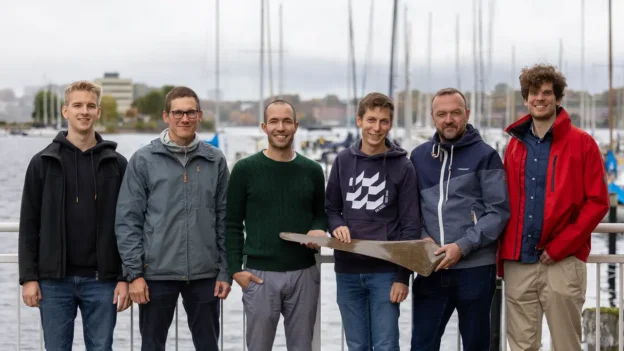Recently, the Kiel University of Applied Sciences (HAW Kiel), in collaboration with Nuebold Yachtbau GmbH, have created a project that proposes the development of sustainable rotor blades made from renewable materials such as flax, paulownia and balsa wood.
Linen and wood: the new protagonists of the wind
The project focuses on evaluating the structural and mechanical behavior of natural fibers, with a special focus on flax, which has been used in other industries, such as the nautical industry, for its strength and flexibility properties. Also under consideration are paulownia, a fast-growing wood, and balsa, known for its lightness.
The researchers are carrying out digital simulations to optimize the shape and structure of the blades. Once virtually validated, the prototypes are manufactured and tested in the wind tunnel at the University of Kiel, followed by physical tests in accordance with DIN wind turbine standards.
Engineering applied to recycling and energy efficiency
In phases prior to the current project, Nuebold Yachtbau GmbH had already produced samples of flax-based composites for laboratory analysis. According to its managing director, Jaron Nübold, understanding the dynamic properties of these natural natural materials is critical to their ultimate integration into the design of high-performance components.
Prof. Dr.-Ing. Sten Böhme, project leader from HAW Kiel, argues that sustainable rotor blades can meet the same technical requirements as conventional ones, but with a considerably smaller ecological footprint.
A sustainable approach financed from Schleswig-Holstein
The project is financially supported by the Schleswig-Holstein Energy and Climate Protection Agency (EKSH), which has earmarked €175,000 for its implementation. The EKSH sees this initiative as a way of reinforcing its commitment to sustainability. commitment to sustainability from the design phase to the end of the components’ service life.
In the words of the agency’s general manager, Dr. Ing. Frank Osterwald These solutions are not only applicable locally, but could influence the evolution of large installations around the world.

